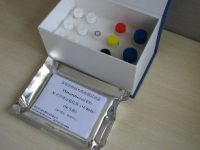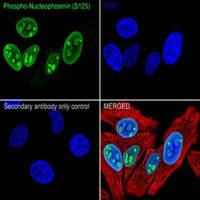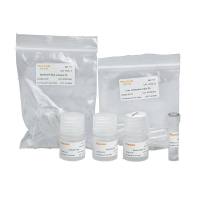Detection of Plant RNA Viruses by Nonisotopic Dot-Blot Hybridization
互联网
613
Unlike for fungal and bacterial diseases, no direct method for the control of viral diseases is yet available. The early detection of plant viruses constitutes, therefore, one of the main ways of controlling these diseases, and so sensitive detection systems are essential. Until now, methods based on the protein component of the viral particle have been mainly used in plant virus detection (1 ,2 ). The application of recombinant DNA technology to plant virology has permitted the use of diagnostic methods based on the genomic component of viruses. Nucleic acid hybridization has proved to be a very reliable and sensitive technique in plant virus diagnosis (for a review, see refs. 3 and 4 ). The most common method for molecular hybridization is the dot-blot hybridization technique, which involves the direct application of a nucleic acid solution to a solid support, such as nitrocellulose or nylon membranes, and detection with appropriate probes. Until very recently, these probes usually consisted of nucleic acids labeled with radioactive precursors, but, because of the risks and safety precautions required, the use of radioactively labeled probes has been restricted to specialized laboratories.


![多糖多酚植物RNA提取试剂盒 MolPure® Plant Plus RNA Kit [可申请试用]](https://img1.dxycdn.com/2023/0131/613/0985348722345537953-14.jpg!wh200)






